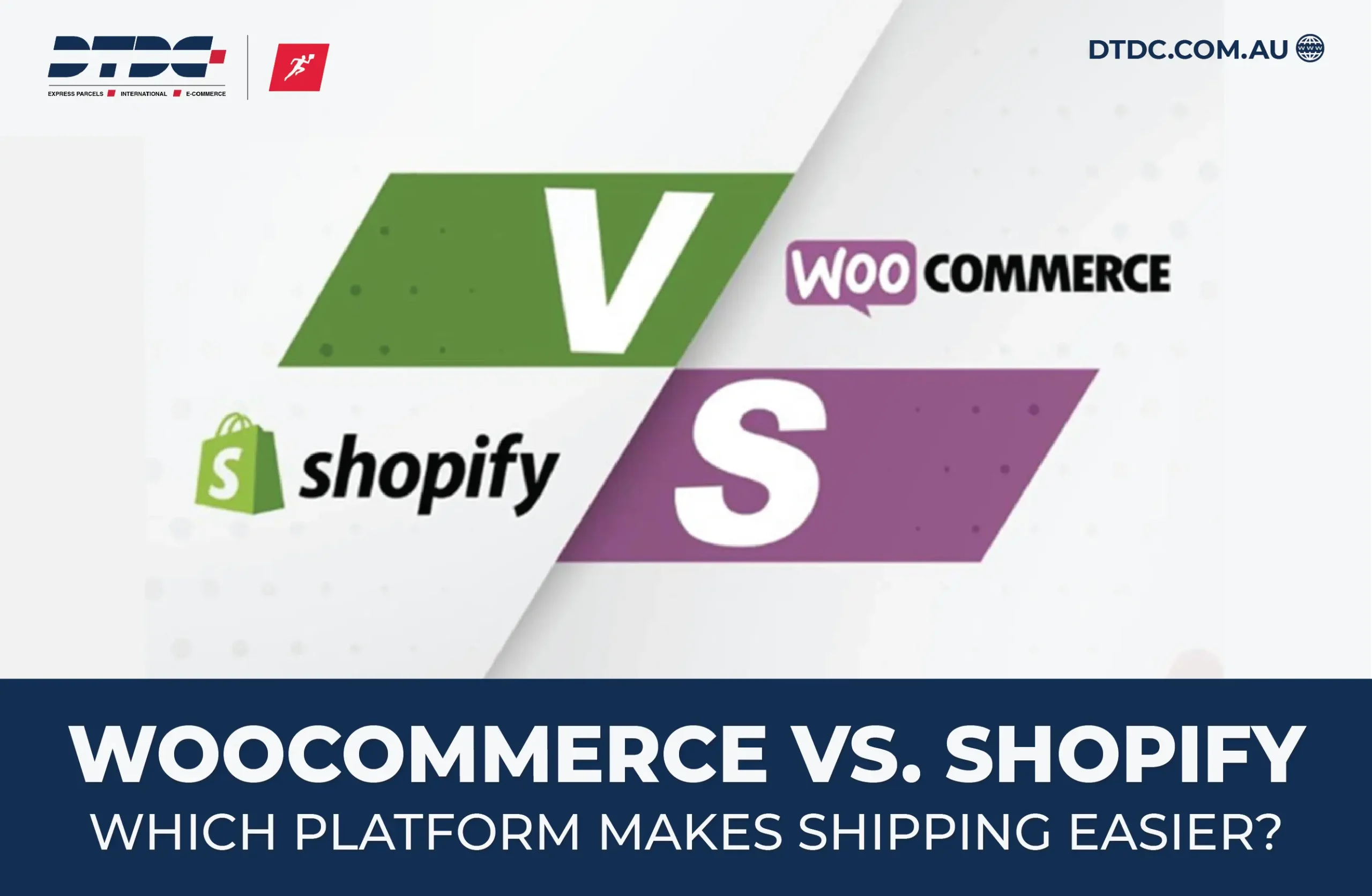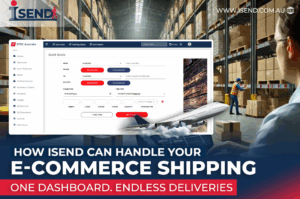Introduction
Trying to choose between WooCommerce vs Shopify? These powerful e-commerce platforms lead the market, but each has strengths, costs, and features that suit different business needs. This guide delivers a detailed Shopify vs WooCommerce comparison—including pricing, setup, shipping, fees, and Australian market considerations—so you can confidently pick the best solution for your store.
WooCommerce vs Shopify: Quick Feature Comparison
| Feature | WooCommerce | Shopify |
|---|---|---|
| Pricing | Free core, paid hosting/add-ons | Fixed monthly fee, all-in-one |
| Setup | Advanced, flexible, needs WordPress | Simple, no coding required |
| Customization | Unlimited (via plugins/themes) | Limited (without paid apps/coding) |
| Payment Fees | No extra; gateway fees only | Extra if not using Shopify Payments |
| Shipping | Flexible plugins; manual integration | In-built, discounted rates in AU/NZ |
| Scalability | Host-dependent, flexible | Effortless plan upgrades |
| Support | Open-source community, paid help | 24/7 support included |
| Best For | Customizable stores, complex needs | Beginners, fast launch, minimal maintenance |
What is WooCommerce?
WooCommerce is a WordPress plugin that transforms your website into a fully functional online store. Its open-source approach gives you total ownership and flexibility to tailor your store exactly how you want, using thousands of plugins and themes. WooCommerce is ideal if you want full control and already use WordPress.
What is Shopify?
Shopify is a hosted platform designed for simplicity—no coding required, no hosting setup, and all technical maintenance handled for you. With an intuitive interface, beautiful design templates, and robust inventory management, Shopify is perfect for entrepreneurs who want to start selling immediately without technical headaches.
Shopify vs WooCommerce: Which Is Better for You?
1. Pricing and Fees
- WooCommerce: Free to install, but you’ll pay for domain, hosting (from AU$5–$30/month), premium plugins, themes, and some payment gateway transactions.
- Shopify: Monthly plans start at AU$39/month, including hosting, security, and support. Note that if you don’t use Shopify Payments, extra transaction fees apply.
Best for tight budgets: WooCommerce if you’re comfortable with DIY and managing WordPress.
2. Ease of Use
- Shopify is the hands-down winner for ease of use. Setup is guided, everything is cloud-hosted, and there’s no technical maintenance.
- WooCommerce offers immense flexibility but requires more setup steps, hosting management, and updates. Suitable for those with existing WordPress experience.
3. Customization & Flexibility
- WooCommerce: Offers unlimited options with 50,000+ plugins and countless themes—customize every feature.
- Shopify: Streamlined experience but advanced customization requires apps (sometimes paid) or coding. Simpler for most users, but less flexible out of the box.
4. Features, Shipping, and Fulfilment
- WooCommerce: Choose from many shipping plugins (Australia Post, Sendle, etc.), but setup is manual. Full control lets you build complex, custom shipping rules.
- Shopify: Integrated real-time shipping rates (AU, NZ), discounts, and easy fulfillment make it ideal for selling in Australia.
- Looking for end-to-end advice on scaling your reach? Check our ecommerce logistics Australia guide.
5. Payment Options & Fees
- WooCommerce: Supports PayPal, Stripe, Afterpay, and more, with no extra charges on top of the processor’s fees.
- Shopify: Shopify Payments is zero-additional-fee, but using other gateways incurs a 1–2% additional Shopify fee.
6. SEO, Content & Growth
- WooCommerce: Built on WordPress, it’s unmatched for SEO, blogging, and content marketing.
- Shopify: Solid on-page SEO and blogging, but some advanced tweaks need apps.
7. Shopify vs WooCommerce for Australia
Both platforms support AUD, GST, Australian payment gateways, and shipping carriers. Shopify’s rate discounts and local carrier integration give it a slight edge for new sellers in Australia, while WooCommerce is superior for mature sites with unique requirements.
Shopify vs WooCommerce: Which Is Better?
- Choose Shopify: If you want a hassle-free, fast launch with 24/7 support, built-in features, and don’t want to manage hosting or security.
- Choose WooCommerce: If you want maximum customization, own your tech stack, or are building a content-driven, highly flexible e-commerce site.
Still not sure? We break down order dispatch, returns, and fulfillment setup in our cost-effective shipping guide.
FAQs – Shopify vs WooCommerce
Q: Shopify vs WooCommerce—which is better for small business?
A: Shopify for a fast start; WooCommerce for lower long-term costs and flexibility.
Q: Shopify vs WooCommerce fees comparison?
A: WooCommerce is cheaper if you self-manage; Shopify includes more, with predictable bills.
Q: Which is easier for Australian e-commerce?
A: Shopify has built-in support for AU rates and couriers; WooCommerce offers better flexibility with local plugins.
Q: Shopify vs WooCommerce—which is better for scaling?
A: Both can scale, but Shopify’s upgrades are effortless; WooCommerce depends on your web host.
Conclusion
Ultimately, the decision comes down to your business goals, technical ability, and plans for growth. For simplicity, speed, and managed hosting, Shopify is unbeatable. For ultimate control, customization, and SEO power, WooCommerce is the clear winner.
For more tips on bulk shipments and fulfillment in business logistics, explore our bulk shipment fulfillment guide.








